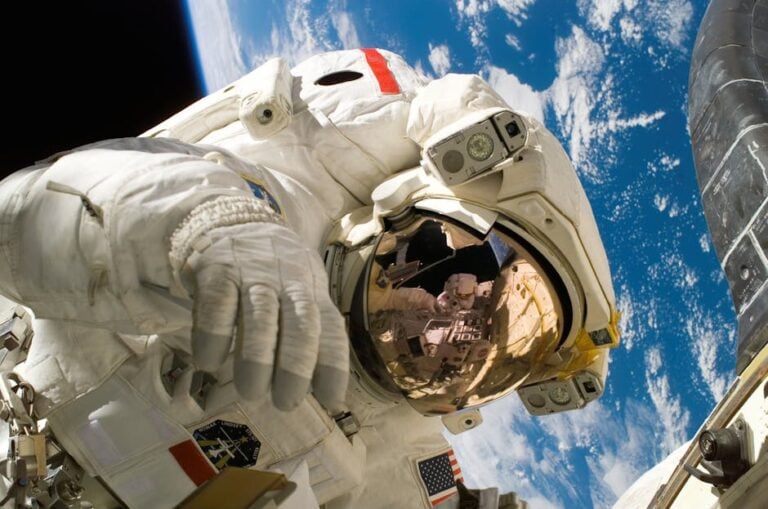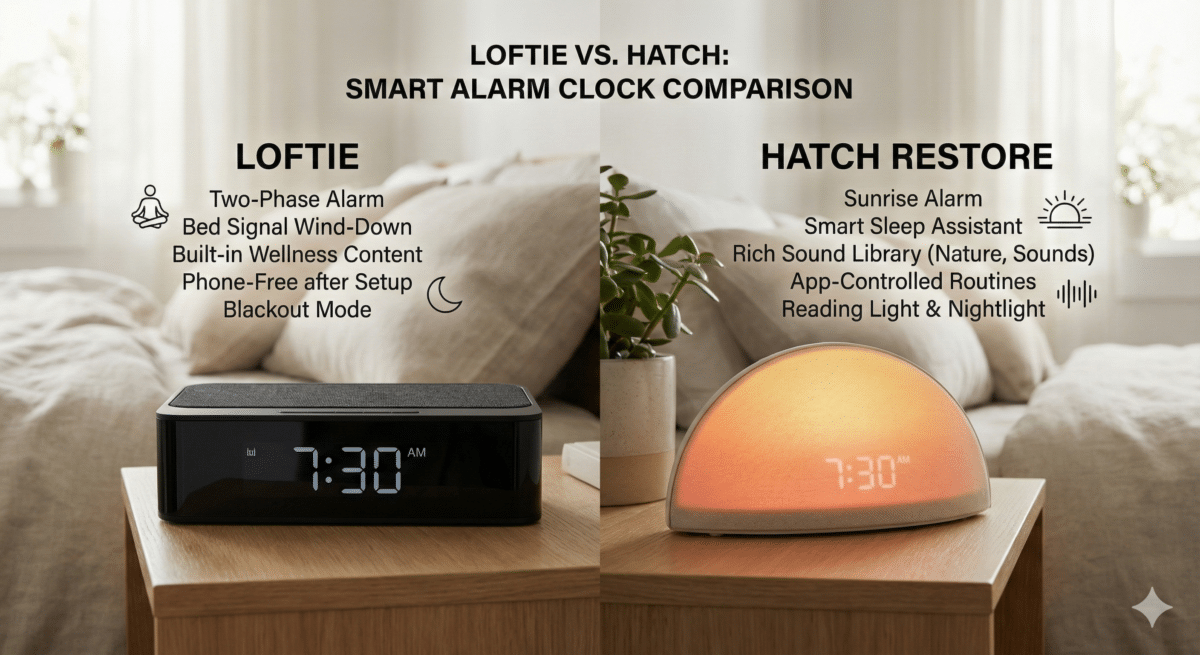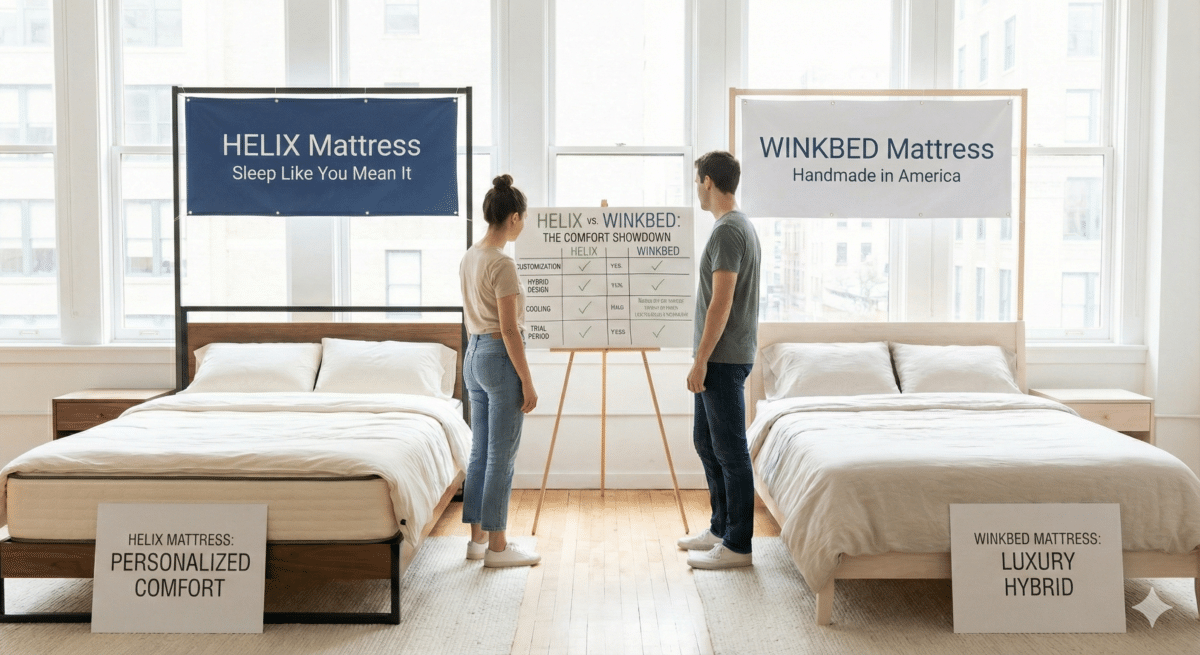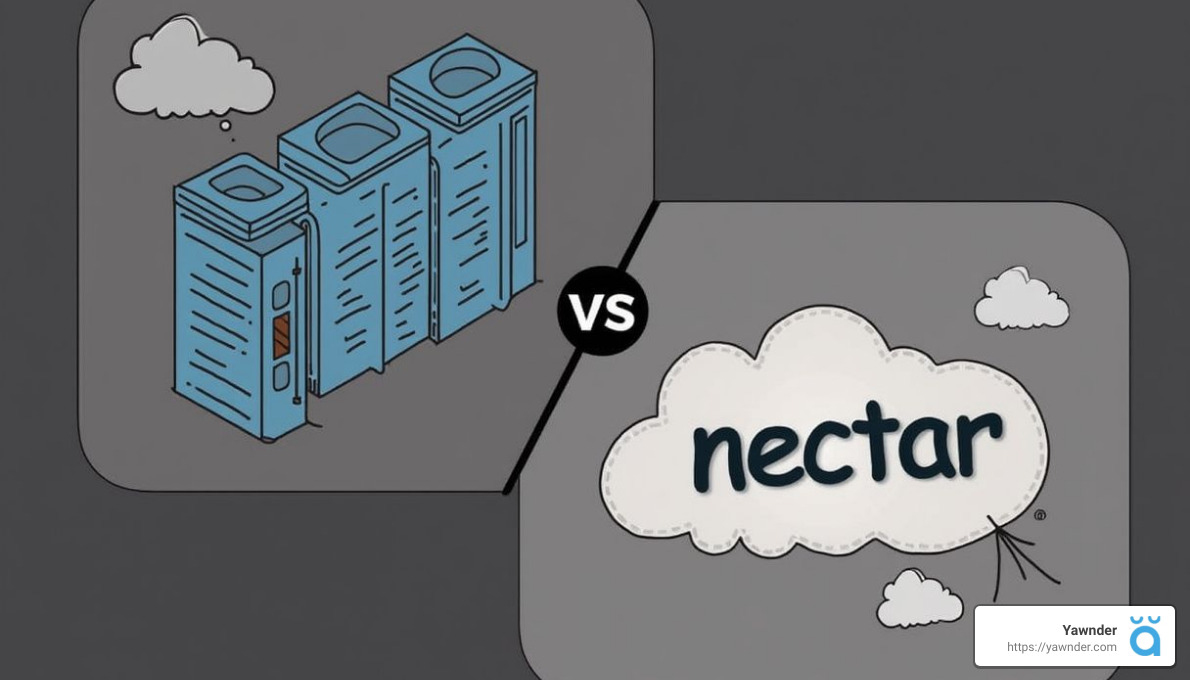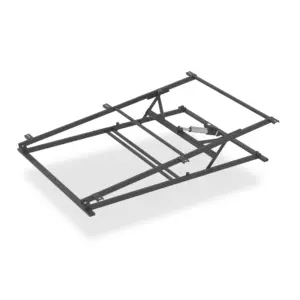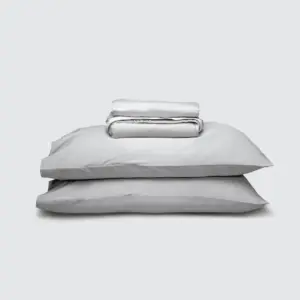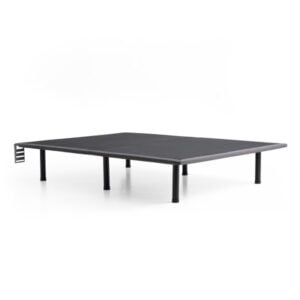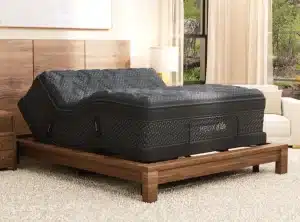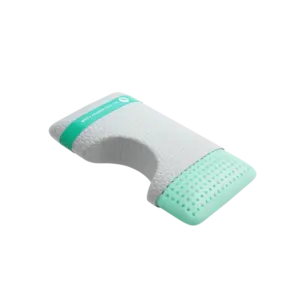How to Sleep in Space Without Gravity Constraints
Sleeping in space poses unique challenges that push the boundaries of how we traditionally understand rest. Without the force of gravity, astronauts find themselves navigating an environment that affects every aspect of their sleep. This article will explore how astronauts manage to sleep in space, focusing on their sleeping quarters, techniques they use, and the innovative equipment created to support their rest.
Understanding Zero Gravity and Its Impact on Sleep
Zero Gravity Dynamics
In the weightlessness of space, conventional notions of up and down are entirely altered. For astronauts, this means that floating during sleep isn’t just a quirk—it’s a fundamental aspect that requires strategic solutions. Without gravity, they must secure themselves to prevent drift away, often relying on specialized sleeping bags attached to the walls of their sleep compartments.
The Importance of Sleep Compartments
Astronauts sleep in enclosed sleeping quarters roughly the size of a telephone booth, designed to create a sense of privacy amidst the bustling environment of the International Space Station (ISS). Each compartment is equipped with air vents, ensuring proper ventilation to prevent carbon dioxide buildup, contributing to a healthier sleep atmosphere. Personal items, such as family photos, are welcomed aboard to add a touch of comfort and familiarity.
Unique Sleep Equipment for Astronauts
Astronauts have to employ various tools to enhance their sleep quality despite the challenges posed by their environment. Here’s a closer look at the essential equipment:
1. Sleeping Bags: Equipped with straps, these sleeping bags secure astronauts in place, preventing them from floating aimlessly. They may incorporate a rigid cushion to offer additional support, which is crucial for maintaining proper alignment, even in weightlessness.
2. Noise-Canceling Tools: The ISS is far from quiet; the constant hum of machinery demands effective countermeasures. Earplugs and sleep masks become vital allies, helping astronauts block out disruptive sounds and light, fostering a more conducive sleep environment.
3. Ventilation Aids: Proper airflow is non-negotiable in space. The design of each sleeping compartment ensures that astronauts are positioned close to air vents, which helps circulate fresh air while preventing hazardous carbon dioxide bubbles from encroaching on their resting space.
Challenges of Sleeping in Space
Despite the high-tech solutions, astronauts face a multitude of issues that complicate their sleep experience:
Noise and Light Pollution
Living on the ISS comes with noise pollution that can make restful sleep a challenge. Frequent cycles of light and dark disrupt natural sleep-wake patterns. Experiencing 16 sunrises and sunsets in just 24 hours can throw off even the most disciplined individuals. The use of sleep masks helps combat this, creating a suitably dark environment for sleep.
Circadian Rhythm Disruption
Astronauts biologically adhere to a circadian rhythm influenced by Earth’s cycle. The rapid shifts in light on the ISS necessitate a structured sleep schedule, often aligned with Greenwich Mean Time (GMT). Following a consistent sleep schedule helps astronauts navigate the significant challenges posed by their unique living conditions.
Carbon Dioxide Buildup
In the zero-gravity environment, carbon dioxide does not disperse naturally, presenting another hidden risk. Sleep near an air vent is essential for maintaining an adequate supply of oxygen while mitigating discomfort from potentially dangerous CO2 bubbles.
Techniques and Tips for Better Sleep in Space
Overcoming these challenges requires ingenious strategies:
Tethering Methods
Securing oneself is paramount. Astronauts employ diverse methods to tether down their sleeping bags, using Velcro patches or straps to anchor themselves. This prevents unwanted movement and minimizes the risk of collisions with equipment or fellow crew members.
Optimal Sleeping Positions
Astronauts have the flexibility to sleep in various orientations. Some find it more comfortable to adopt vertical positions, while others prefer a floating approach, as long as they’re tethered. Positioning their heads near air vents not only provides comfort but also ensures they receive adequate oxygen.
Sleep Aids
Astronauts rely on earplugs and sleep masks to block out the incessant noise and light, allowing for uninterrupted sleep. These simple gadgets can be game-changers for getting quality rest, even amidst the challenges of space.
Conclusion: The Importance of Sleep for Astronauts
Understanding how astronauts manage to sleep in space highlights the intricacies of creating an optimal sleep environment. With innovative strategies and equipment, they can overcome the unique challenges posed by life in zero gravity.
At Yawnder, we’re committed to the importance of restful sleep, whether you’re conquering the cosmos or simply heading to bed at home. Our expertly evaluated sleep products cater to your needs, ensuring comfort and quality in your sleep setup. From advanced mattresses to sleep accessories, we help enhance your sleep experience.
Explore our range of sleep solutions today and discover how Yawnder can assist you in achieving better rest, no matter where you are or what challenges you face. Emphasizing quality sleep is crucial, both in space and on Earth.

